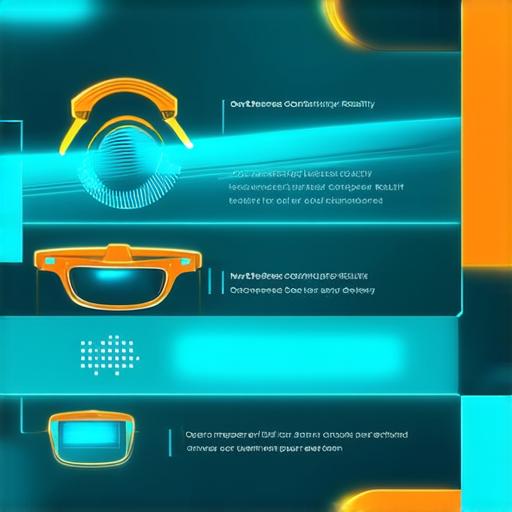Augmented reality (AR) refers to a technology that allows digital objects or information to be overlaid onto the real world in real-time, enhancing the user’s perception and experience of their environment.
AR technology typically uses computer vision algorithms, image recognition tools, and sensors to track and analyze the physical environment, then adds digital elements such as graphics, animations, and sounds to create an interactive, immersive experience.
AR can be applied in a variety of fields, including marketing, entertainment, education, healthcare, and manufacturing. It has already had a significant impact on industries such as gaming, advertising, and retail, where it has been used to create unique and engaging experiences for users.
The key feature of AR is its ability to blend virtual objects with the real world seamlessly, creating an illusion of depth and spatial awareness that allows users to interact with digital elements as if they were physical objects in their environment. This is achieved through a combination of computer vision algorithms and sensors that track the user’s position and orientation in the real world, allowing AR applications to accurately overlay virtual objects onto the appropriate location in the environment.
One of the key advantages of AR technology is its ability to enhance the user experience by providing additional information and context about the physical world. This can be particularly useful in fields such as education and healthcare, where AR can be used to provide detailed explanations of complex concepts or procedures, allowing users to gain a deeper understanding of the subject matter.
In summary, augmented reality is a technology that allows digital objects to be overlaid onto the real world in real-time, creating an interactive, immersive experience for users. AR has already had a significant impact on industries such as gaming and advertising, but it has also shown great potential in fields such as education and healthcare. As the technology continues to evolve and improve, we can expect to see even more innovative applications of AR in the future.

